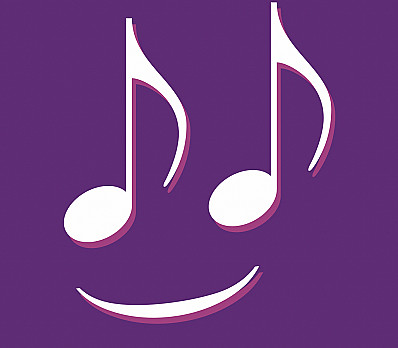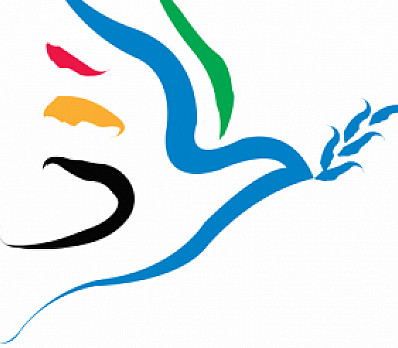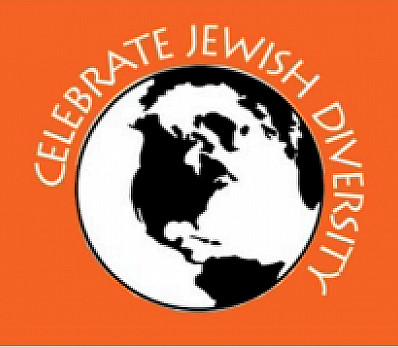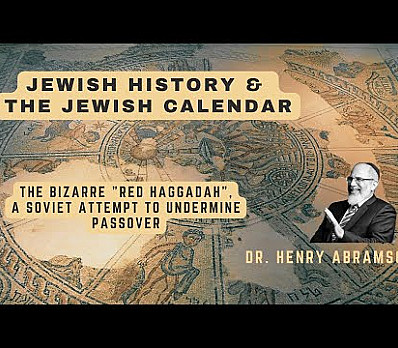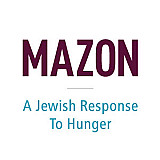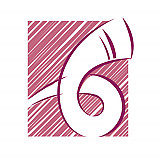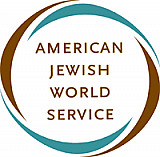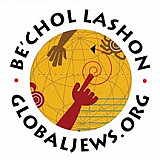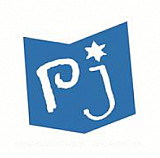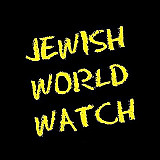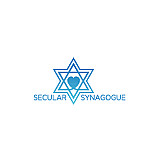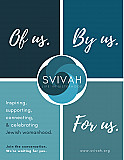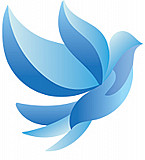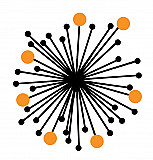Intro - Passover
"Let all who are hungry, come and eat;
all who are needy come and celebrate Passover."
HOST:
Welcome to our 2017 Passover Seder. Tonight we will recognize the stirrings of spring and rebirth happening in the world around us. Our Seder will combine the celebration of our culture and memories with the recognition of the cycles of nature. The symbols on our table bring together elements of both kinds of celebration.
For our immediate family, welcome. And for those who are attending for the first time, we thank you for joining us and are delighted to have you here at our seder. This is a time for traditions, stories, foods of the Passover, fun and learning as we celebrate life and freedom. Tonight, we will not be including Cecil B. DeMille’s 10 Commandments movie! It’s a relaxed night, and anyone is welcome to ask questions or speak at any time during the seder.
The Passover Sedar is one of the Oldest Traditions for the Jewish people and the most celebrated story of our deliverance. In fact, the Last Supper was a Passover Sedar that Jesus and his apostles celebrated on the sabbath before Palm Sunday. It begins on the 15th day of the Jewish month of Nisan and, similar to Easter, starts the beginning of the spring season and marks the first of the biblical holidays of the year. The symbolic theme of spring is the rebirth, as well as love, hope, youth and growth, which are common to both Easter and Passover tradition. The Hebrew word “Sedar” means “arrangement” or “Order”. The Passover Sedar is a ceremonial meal the features the "Sedar Plate" filled with symbolic foods and the reading from the “Haggadah” which means “Telling.” Tonight we gather together to share the collective experience of our people by telling the story of how G-d liberated our ancestors and started our exodus from Egypt.
Though Passover Seder is one of the most recognized and widely practiced of Jewish rituals, had our ancestors visited one of these modern-day celebrations, they would be baffled. Our modern Seder wildly diverges from the Passover of old and evolved from two rituals from different segments of Hebrew society known as Pesach and Hag Hamatzot.
Pesach
GUEST:
Pesach was a pastoral ritual to ward off evil. It was carried out by the semi-nomadic segment of Israelite society that subsisted on livestock. Spring was a critical time of the year for them, a time of lambing and a sign that soon they would have to migrate to find a summer pasture for their flock.
In order to protect their flocks, and families, from the dangers ahead, they would slaughter their flock’s newest addition as an offering, either a lamb or a kid, followed by a family feast.
The Origin of Matzah
GUEST:
Hag Hamatzot, on the other hand, was celebrated by the settled segment of Israelite society, who lived in villages and who drew their subsistence from farming. For them too spring was crucial, meaning the start of the harvest, of the grains on which they depended.
Of the grains grown by the ancient Israelites in this period, the first grain to be ready for harvest was Barley. Although this made for inferior bread, it was highly prized since the grain storage had been depleted and hunger took grip of the land.
GUEST:
This new bread would have been unleavened, as the leavening used at the time was a portion of dough set aside from the last batch of bread. But this would have been unavailable due to the gap created by the empty stores. Add to this the fact that barley flour hardly rises, and that the baking techniques of the time would have made even the superior bread made of wheat flour flat and hard, and you’ve got matzah.
Still, when hungry even matzah is a cause for celebration and one could imagine that the communal threshing grounds were filled with joy, cheer, and jubilation.
HOST:
I personally believe the union of these spring-themed celebrations transcends the story of Passover beyond just religion. It evokes modern themes of morality and personal growth while embarrassing the routine customs and traditions of all cultures on the great earth.
Inspired to create
your own Haggadah?
Make your own Haggadah and share with other Seder lovers around the world
Have an idea
for a clip?
People like you bring their creativity to Haggadot.com when they share their ideas in a clip
Support Us
with your donation
Help us build moments of meaning and connection through
home-based Jewish rituals.
OUR TOP CONTRIBUTORS
Passover Guide
Hosting your first Passover Seder? Not sure what food to serve? Curious to
know more about the holiday? Explore our Passover 101 Guide for answers
to all of your questions.

